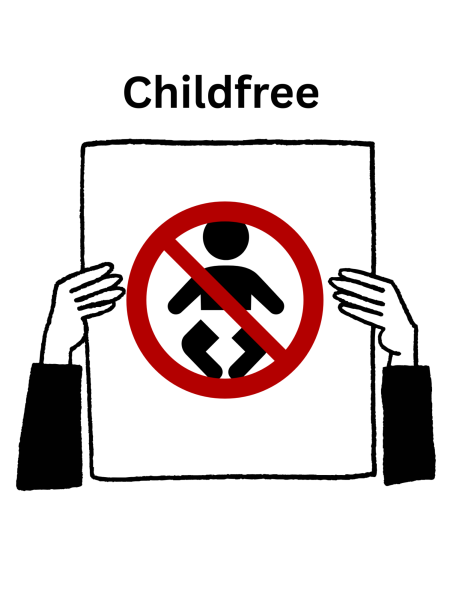The Oscars are not as “woke” as they think
September 22, 2020
Just three years ago, I was a college student studying acting at one of the most prestigious universities in the country. Not to toot my own horn, but I was talented. I thought I was going to be a star.
That dream came to a crashing halt when I realized I was not cut out for Hollywood. I knew I could not handle the painful rejection that comes with the cutthroat side of the business. But I was not scared of not being good enough; I was afraid of not being a straight white male.
Opportunities for people like me are scarce in Hollywood. I am an LGBTQ+, Hispanic, fat woman. I could probably only read for the ethnically ambiguous sidekick or friend because I am not white, skinny, or attractive enough to be the lead.
I abandoned the thing I was most passionate about because the entertainment industry fails minority groups. Out of the 21 students in my cohort of classmates, only eight were of an ethnic minority. I was not willing to risk my livelihood in the hopes that Hollywood would recognize that talent is not mutually exclusive with race, creed, gender, or sexual orientation.
On Sept. 8, the Academy Awards took a step in the right direction when they announced new standards for best picture eligibility to promote diversity. It is a nice, commendable gesture, but it is such a tiny fraction of what they should have done to ensure that a diverse group of voices get an opportunity to share their stories with the world.
For a film to be eligible for best picture at the Oscars, it must employ underrepresented groups such as women, racial or ethnic groups, LGBTQ+, or people with disabilities in front of or behind the camera, according to the Oscars website.
Are we really applauding an organization for doing the absolute bare minimum?
If a movie studio cannot manage to hire at least one lead actor and six crew members from a minority group, then they do not deserve to be making a movie at all.
The Academy of Motion Picture Arts and Sciences sets the bar incredibly low for studios, and they need to do more. I appreciate that they are at least trying to incentivize studios to include more diversity in the development and production of their films, but studios, at least the ones that are making money, are already doing this.
According to UCLA’s Senior Media Relations Representative Jessica Wolf, the film industry finally realizes that people pay to see themselves on screen.
“Although minorities were largely ignored for Academy Award nominations, films with diverse casts continued to resonate with increasingly diverse audiences, a fact emphasized by each new edition of the Hollywood Diversity Report,” Wolf wrote in a news story for UCLA newsroom website.
Representation on screen might be moving in the right direction, but we have to push for more. Diversity in front of the screen is not enough. Minority groups need to be the ones developing and backing projects to make them as resonating and powerful as possible. The world does not need a white male to write, direct, and produce a story of a Black woman.
The response to the new inclusion standards was split; the announcement received praise and backlash.
According to Forbes, actors Kirstie Alley and Dean Cain slammed the academy’s decision to implement such rules.
“The new RULES to qualify for ‘best picture’ are dictatorial…anti-artist…Hollywood you’re swinging so far left you’re bumping into your own [expletive],” Alley wrote in a since-deleted tweet, according to Forbes.
Cain voiced his frustration and disdain for the new requirements on Twitter, asking if the Oscars will hand out participation awards to undeserving films to be politically correct.
To say that these requirements stifle creativity is ludicrous, and frankly, irresponsible. Stories worth telling come from a collaboration of diverse voices. Films that are not representative of the real world do not resonate with audiences, and they are too self-important for their own good. Not welcoming diversity is to be closed-minded, and that world is incredibly dull and unimportant.
If the year’s best picture is a movie about a straight, able-bodied, white man, made by white men, then the human race needs to find another creative outlet.
The U.S. Census estimates that the majority of the American population will comprise of minorities by 2050. Minority groups will soon overwhelm this country, and it is time for cinema to reflect what this country is instead of enforcing outdated societal norms.
Minorities deserve to be seen and heard. The media needs to hire them instead of drowning out their voices with what they think we want to see.
While I appreciate the academy’s pitiful gesture, I still would not give up the roof over my head to play someone’s thinly written friend, sister, or girlfriend.






